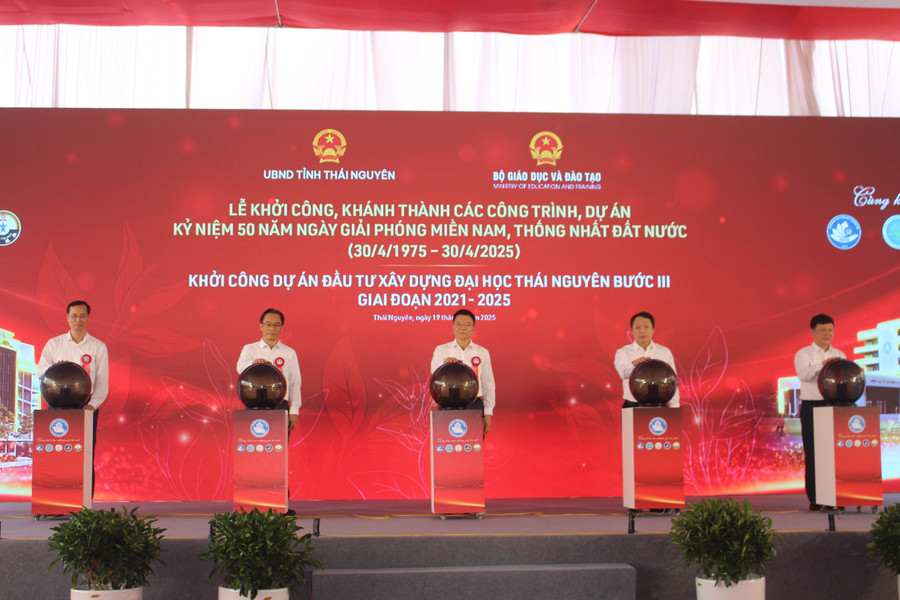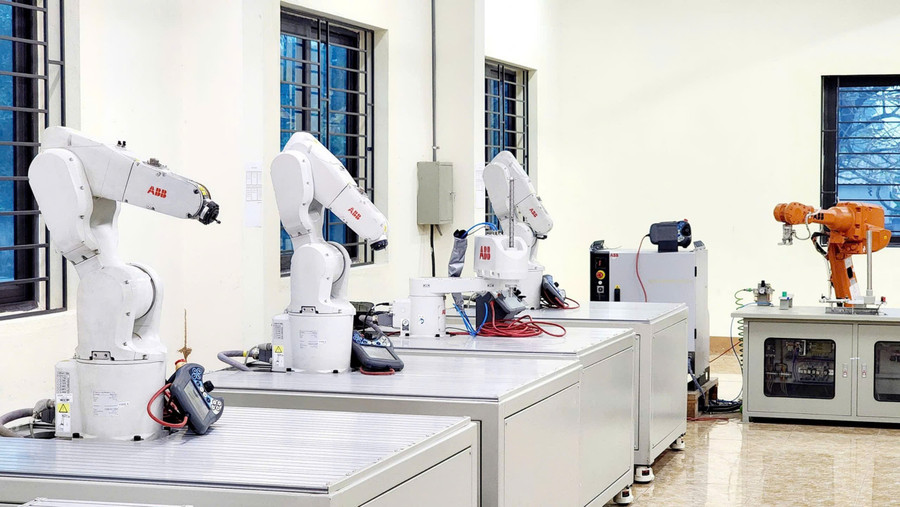Expectations for comprehensive reform
Resolution No. 71-NQ/TW of the Politburo on breakthroughs in education development has set out many important strategic directions.
Of particular note are the preferential policies for educational institutions and the encouragement of comprehensive investment in educational development. This is seen as a boost for higher education institutions to thrive, becoming key drivers in the development of high-quality human resources and the national innovation ecosystem.
One of the key focuses of Resolution 71 is investing in modernizing technical infrastructure and expanding the development space for higher education institutions to operate effectively.
Through comprehensive and in-depth investment in infrastructure, laboratory equipment, and research centers, a sustainable foundation is created for teaching, research, and knowledge transfer.

According to Dr. Pham Thi Tuan Linh – Lecturer at the Faculty of International Studies (Thai Nguyen University): “The strategy of investing in modernizing the technical infrastructure for higher education institutions is a breakthrough step for universities to effectively carry out their tasks, contributing to improving the quality of human resources for the economic and social development of the locality and the whole country.”
Upgrading and expanding infrastructure not only serves students but also creates a favorable environment for lecturers to develop their professional capabilities and improve the effectiveness of scientific research.
Dr. Linh emphasized: "This will certainly be a 'boost' that will create a strong shift in thinking and action throughout the entire higher education system."
Incentive policies contribute to creating motivation.
A highlight of Resolution 71 is the inclusion of specific mechanisms to develop 3 to 5 elite universities, modeled after world-class research universities, thereby training national talents.
Notably, the resolution also prioritizes the allocation of state budget funds to education, especially postgraduate training programs, basic research, and training of highly skilled human resources in engineering, technology, and key strategic fields.
Associate Professor Pham Thanh Long – Head of the Department of Science, Technology and International Cooperation, University of Industrial Engineering (Thai Nguyen University) commented: “Investing in technical and technological fields and serving national programs is necessary. However, it is crucial that preferential policies are accompanied by synchronized technical infrastructure and technology transfer, while also creating conditions for human resources and output for research products.”

In addition to resources from the state budget, Resolution 71 also encourages cooperation between the State, universities, and businesses to create a close coordination mechanism and mobilize social resources for the development of higher education.
This model is not new, but with clear, transparent, and effective incentive mechanisms, it will open up opportunities for educational institutions to attract more investment resources from the private sector and domestic and foreign businesses.
Encouraging the planning and construction of university and high-tech urban areas is also a key focus, creating spaces for educational development linked to innovation, entrepreneurship, and applied research. Universities will become centers of knowledge, technology, and innovation for each region and locality.
The establishment of centers of excellence, modern laboratories, along with financial mechanisms, scholarships, and professional support programs, will open up broader career development opportunities for educators.
“Preferential policies are not just about material incentives, but also about creating an academic development environment, modern working conditions, and opportunities for learning and capacity building. When lecturers are properly invested in, they will have more motivation to innovate, contribute, and improve the quality of higher education,” affirmed Dr. Pham Thi Tuan Linh.
However, for these preferential policies to be truly effective, a well-structured, transparent implementation roadmap is needed, linked to quality assurance criteria and strict monitoring. Investment resources should be allocated based on the operational efficiency, readiness, and capacity of each higher education institution.
With specific, practical, and synchronized incentive policies, along with the efforts of the educational institutions themselves, the expectation of a modern, integrated, high-quality, and sustainable higher education system is getting closer and closer.
Source: https://giaoducthoidai.vn/chinh-sach-uu-dai-tu-nghi-quyet-so-71-nqtw-tao-dong-luc-cho-giao-duc-dai-hoc-post746964.html















































































































Comment (0)